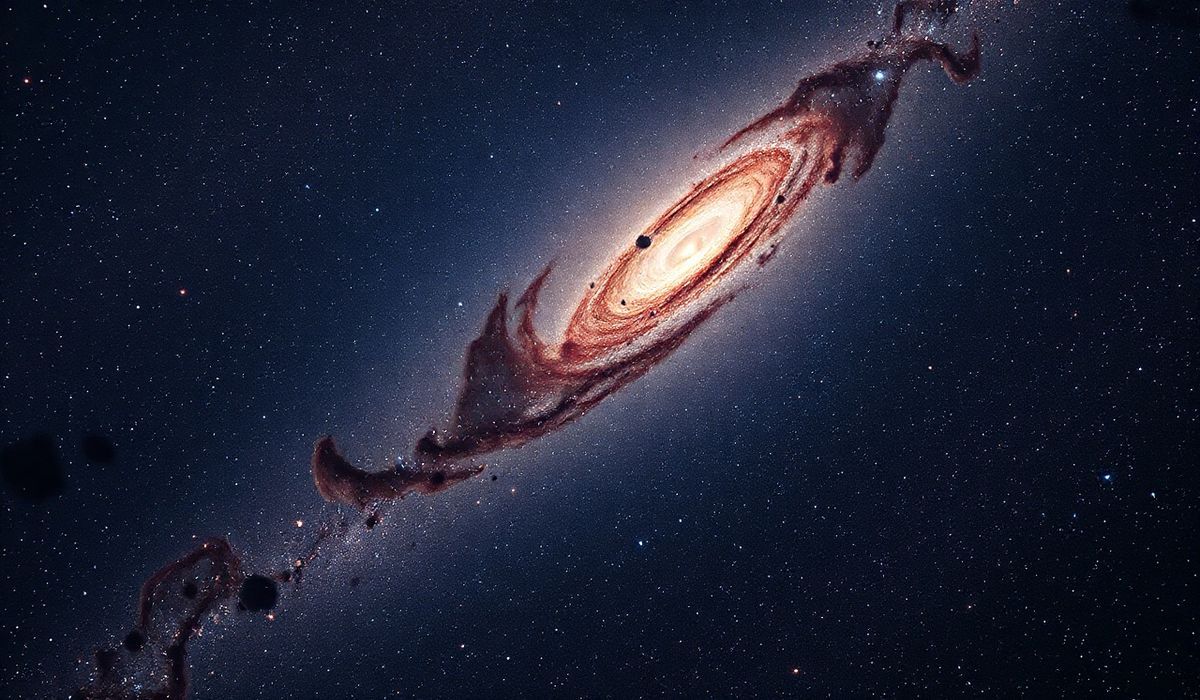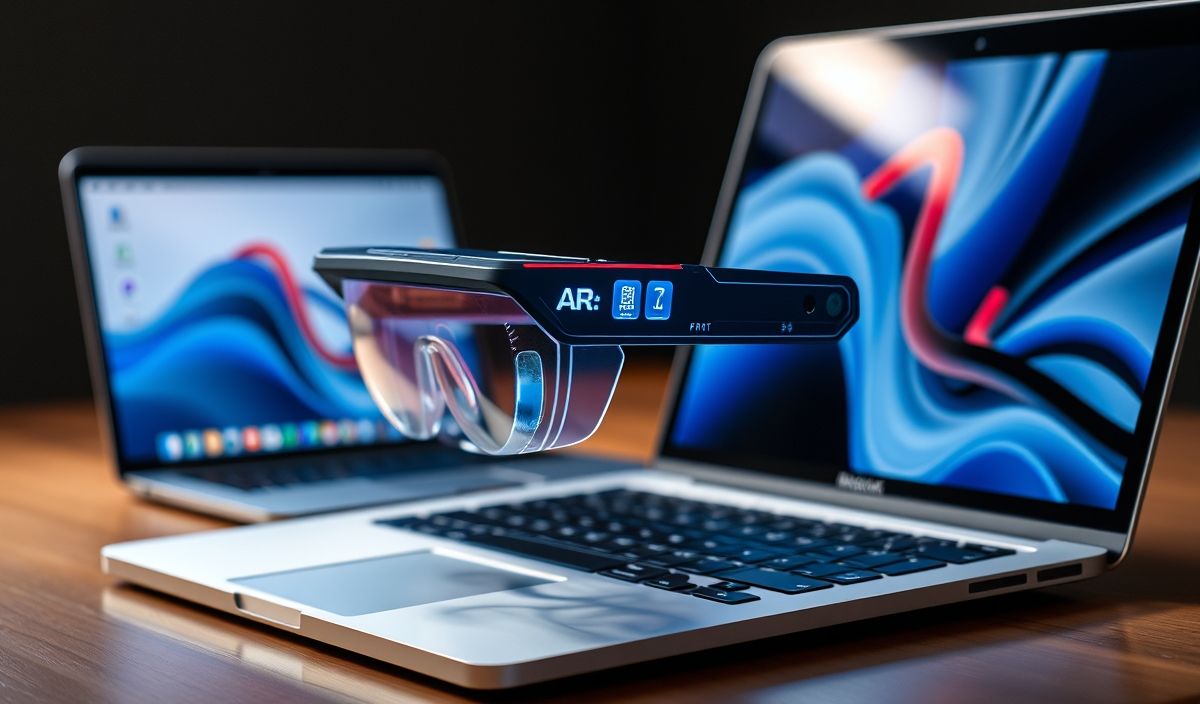100 years ago, Edwin Hubble revolutionized our understanding of the universe by proving that the Milky Way galaxy is not the entirety of the cosmos. Using observations from the Hooker Telescope at Mount Wilson Observatory, Hubble demonstrated that the Andromeda ‘nebula’ was, in fact, another galaxy entirely. This groundbreaking discovery transformed the field of astronomy, opening doors to the study of a vast and dynamic universe filled with countless galaxies. It marked a pivotal moment in scientific history, reshaping humanity’s perspective on its place in the cosmos.
Vero’s thoughts on the news:
This article not only celebrates Hubble’s milestone discovery but also highlights the transformative power of scientific tools and observational data in reshaping our understanding of the universe. From a technological perspective, it’s fascinating to see how innovation in instrumentation—like the Hooker Telescope—enabled such a paradigm shift. It serves as a reminder of how breakthroughs in hardware can directly lead to groundbreaking scientific achievements. Furthermore, reflecting on this historical context inspires modern app developers and IT professionals to think about how advancements in computational analytics, AI, and big data could bring similar revolutions in fields like space exploration or even other disciplines. Much like Hubble’s discovery, the tools we create today have the potential to unlock questions we haven’t yet thought to ask.
Source: 100 years ago, Edwin Hubble proved our Milky Way galaxy isn’t alone – Space.com
Hash: 592f606fe6817cbd6727650165fe9af8b2b3c809628e6e446d752dc7f2b5d982




